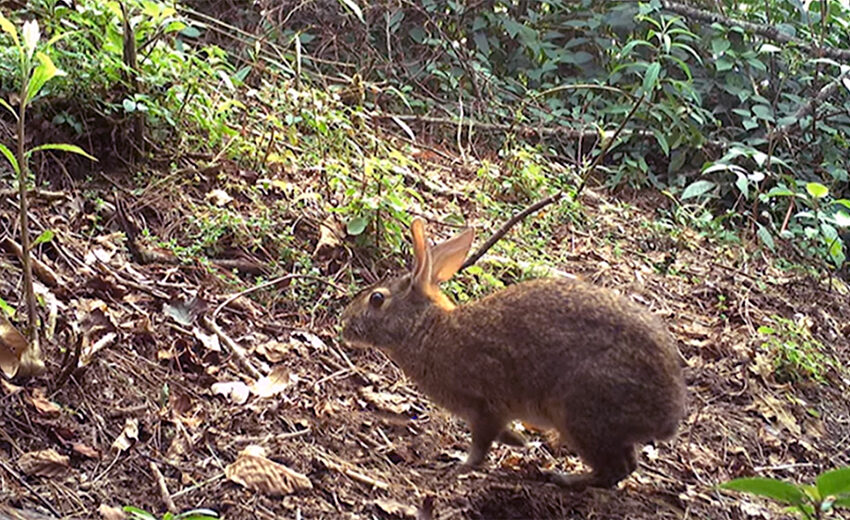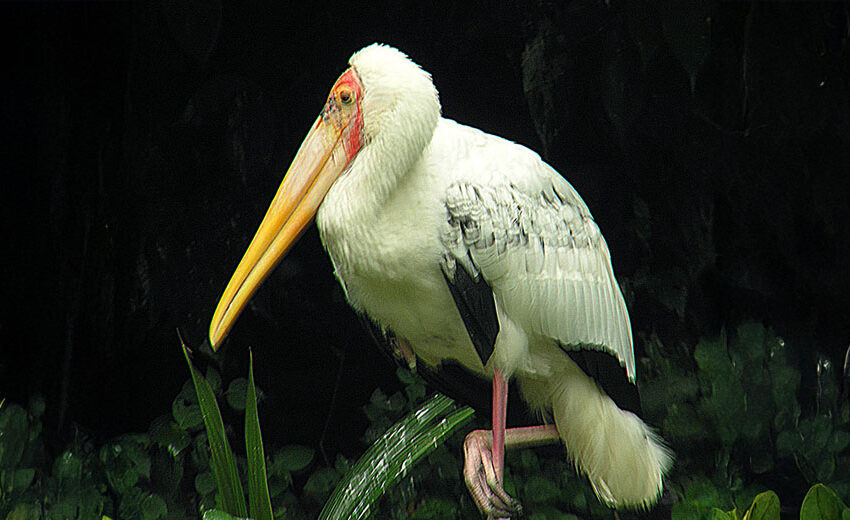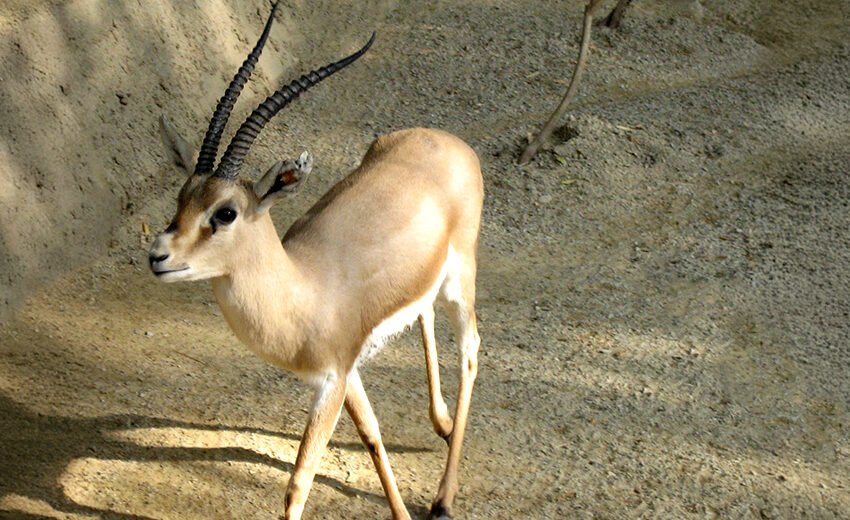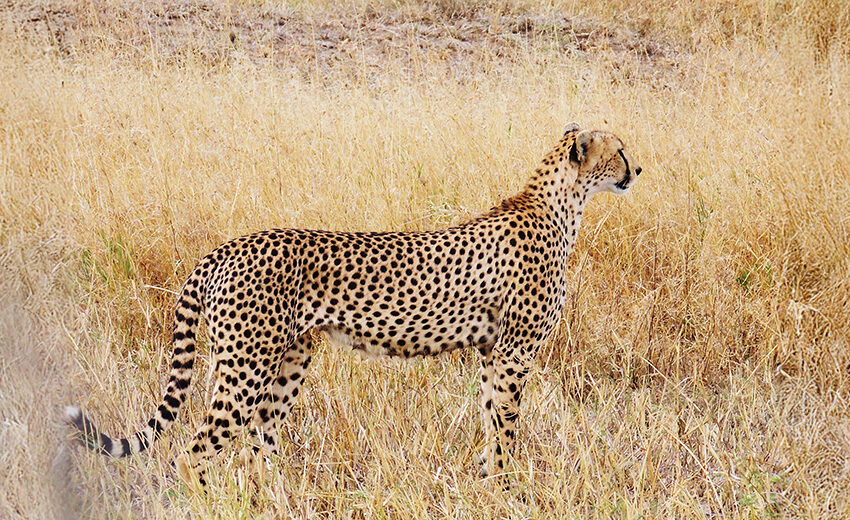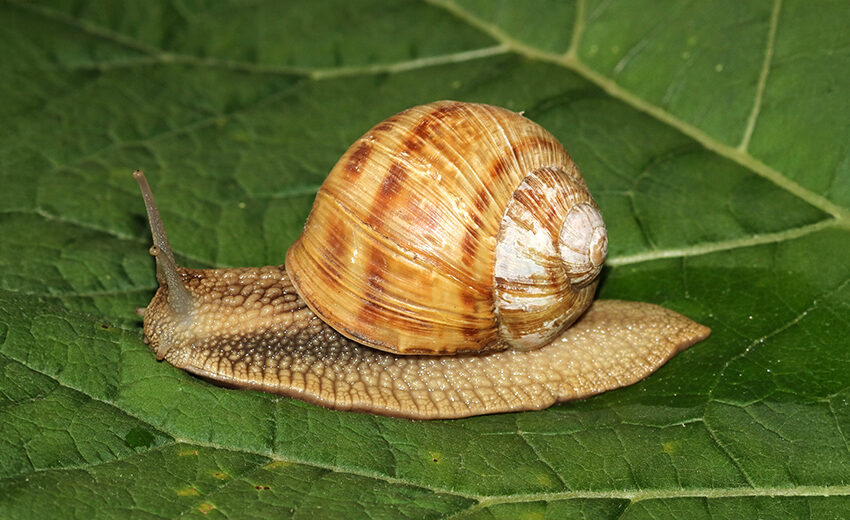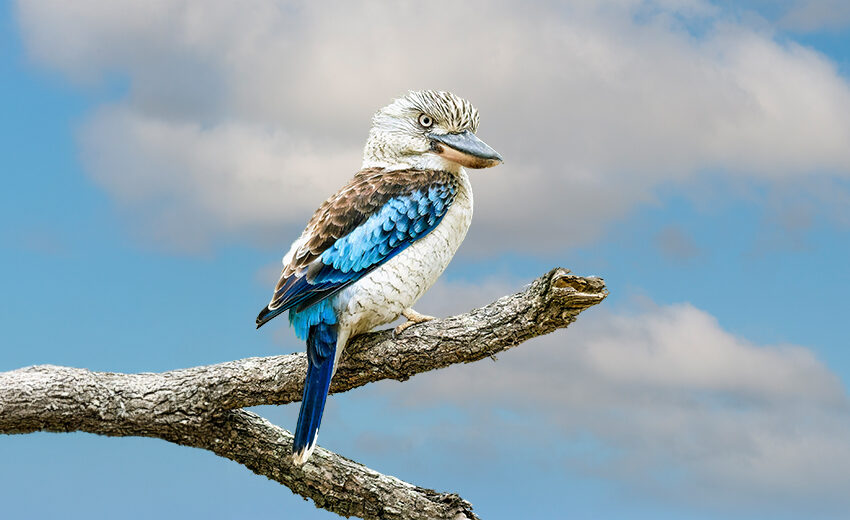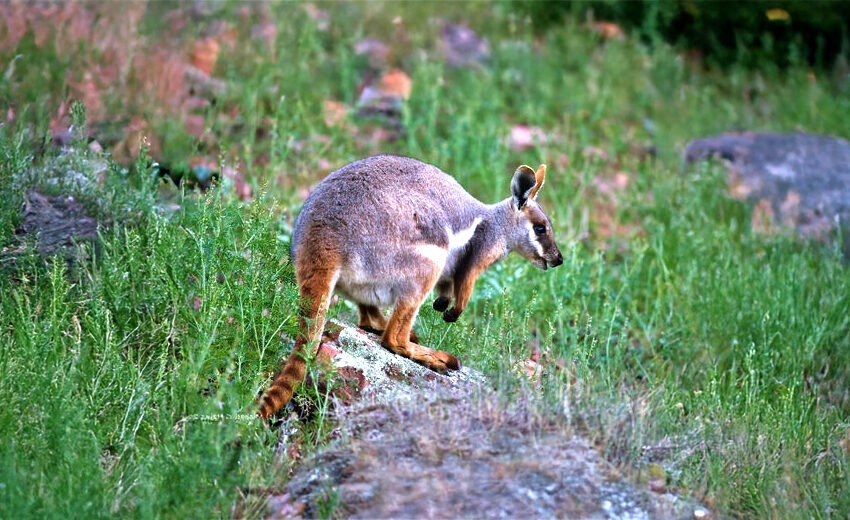The Omilteme cottontail, aka Omiltemi cottontail or conejo de Omiltemi, is only found in Guerrero, in the Sierra Madre del Sur mountain range. These cottontails face the threats of habitat loss and destruction at the hands of farming, ranching, logging, and wood harvesting; hunting; and trapping. The IUCN lists these […]
- Zoology
- Daily Critter Facts
- For Teachers
- Study Guides
- Diseases & Parasites
- Contact


